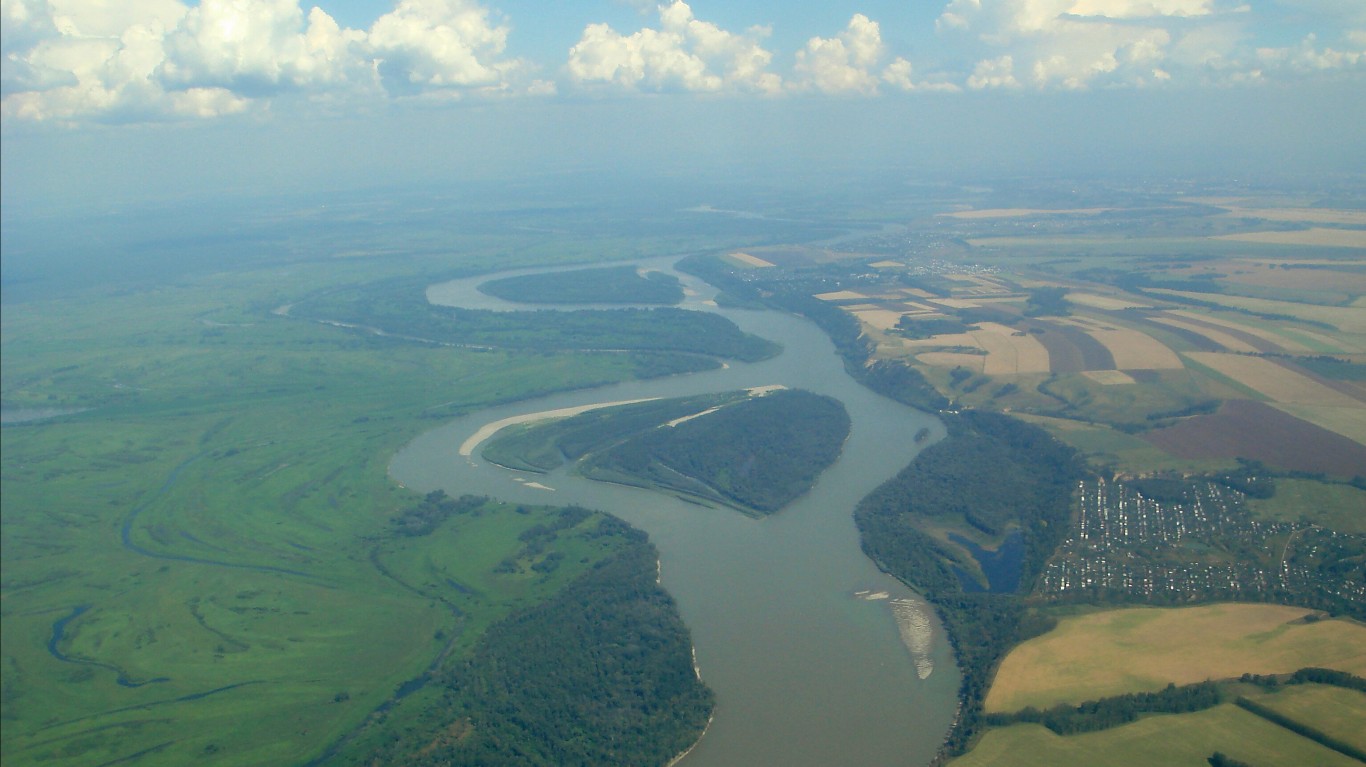
Most conversations about country size center on population. China, with a population of 1.44 billion, has been the largest by this measure for decades. India has closed in on it quickly and has a current population of 1.38 billion. In third place, with a population that is barely growing, is the United States at 331 million.
The other primary way to look at the size of nations is in square miles. As is true with population, this can change sharply over time. The United States is an example. It took up only parts of the east coast when it was founded. Over time, this increased severalfold, due primarily to the federal government’s land purchases from other nations.
The largest nation based on square mileage by far is Russia at 6.60 million square miles. When it was known as the Soviet Union, that figure was higher.
The next three nations after Russia have about the same landmass as one another. Canada covers 3.85 million square miles, while China and the United States each cover 3.75 square miles. Like the United States, Canada grew quickly as it added provinces. In 1867, it had only four: Ontario, Quebec, Nova Scotia and New Brunswick. It more than doubled in size with the addition of Manitoba, Saskatchewan and Alberta.
Brazil is the next largest nation at 3.30 million square miles. The country, and continent, of Australia, is next and covers 2.90 million square miles. Then there is a large drop in size to the next, India at 1.20 million square miles and Argentina at 1.10 million. Kazakhstan is the last of the nations that covers more than a million square miles, although its size is barely above that.
Click here to see more 24/7 Wall St. coverage of the world’s countries.
The Average American Has No Idea How Much Money You Can Make Today (Sponsor)
The last few years made people forget how much banks and CD’s can pay. Meanwhile, interest rates have spiked and many can afford to pay you much more, but most are keeping yields low and hoping you won’t notice.
But there is good news. To win qualified customers, some accounts are paying almost 10x the national average! That’s an incredible way to keep your money safe and earn more at the same time. Our top pick for high yield savings accounts includes other benefits as well. You can earn up to 3.80% with a Checking & Savings Account today Sign up and get up to $300 with direct deposit. No account fees. FDIC Insured.
Click here to see how much more you could be earning on your savings today. It takes just a few minutes to open an account to make your money work for you.
Our top pick for high yield savings accounts includes other benefits as well. You can earn up to 4.00% with a Checking & Savings Account from Sofi. Sign up and get up to $300 with direct deposit. No account fees. FDIC Insured.
Thank you for reading! Have some feedback for us?
Contact the 24/7 Wall St. editorial team.



